A festive opening ceremony was held at the Chabad Mesivta of Vienna, with the participation of the students, their parents and friends of the yeshiva.
What are the guidelines of a “Tomchei Temimim” yeshiva? And how do they apply to our generation?
A festive and playful opening ceremony was held at the Chabad Mesivta of Vienna, With the participation of the students, their parents and friends of the yeshiva.
Opening his remarks, the rosh yeshiva, Rabbi Chaim Fieldsteel, thanked three foundational pillars from among the friends of the yeshiva – Mr. Pini Gaddilov, Mr. Yaakov Uston and Mr. David Binyaminov.
In his lecture, which already has made waves in educational institutions and yeshivos, Rabbi Fieldsteel outlined what is a “Tomchei Temimim” yeshiva in today’s day and age, and offered a clear path for a few of the big dilemmas in the chinuch field today.
At the inauguration of the first Yeshivas “Tomchei Temimim”, on Wednesday 18 Elul 5657 (September 15th 1897), the Rebbe Rashab laid out the yeshiva’s mission statement in the following words: “Students who are balei mesirus nefesh for torah and avodah in the derech of Chabad Chassidus.”
This begs the following questions:
What is the practical meaning of mesirus nefesh in a world where the last we needed to refrain from a mitzvah was when the rov instructed us that it is our minhag not to sleep in the sukkah?
Learning Torah “lishmah” requires us to be self-invested on one hand, and selfless on the other; to bring ourselves to the table and to disappear under it. So what do we convey to our child/student when he approaches a sugya? To be or not to be – that is the question.
The maskil and the oved walk side by side as the great characters of Lubavitch. The first, an intellectual, lives in a world of resting water, while the second is emotional and lives in a world of burning fire; The first uses the ideas of Chassidus from the book to reshape his mind and mindset, while the second uses the ideas of Chassidus from his mind to reshape the world around him. Is it possible to define chassidus in two sentences and what would practical avodah look like?
In recent years we have witnessed students who dropped out or even failed to quite simply develop as they could. Each of them is one soul too many. Is the ball in the student’s or the teacher’s court? And where can the responsibility be placed?
The rosh yeshiva, Rabbi Fieldsteel, answered the first question in the words of the Yerushalmi and the Alter Rebbe; the second question in the words of the Tosafos, the Maharal of Prague, the Rebbe, and the Ponivitzer Rov; The third question in the words of the Tzemach Tzedek; and the fourth question in the words of Rashi.
With great emotion, Rabbi Fieldsteel ended his lecture with the bracha of shehecheyanu, with the large crowd answering, “Amen, mazel tov!”.
Watch:
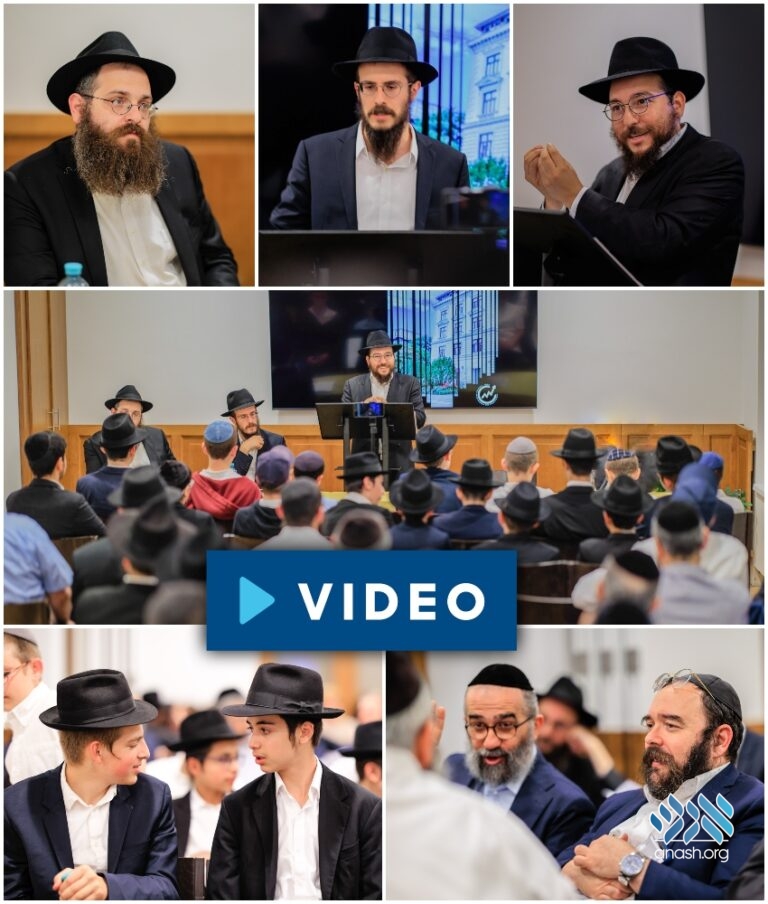



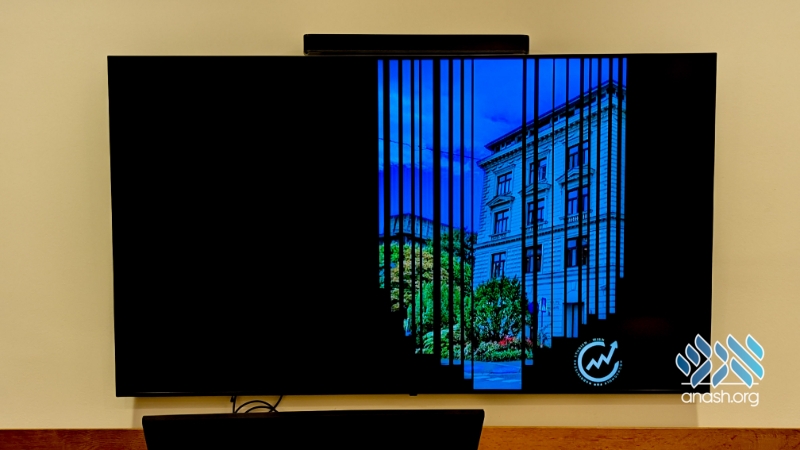

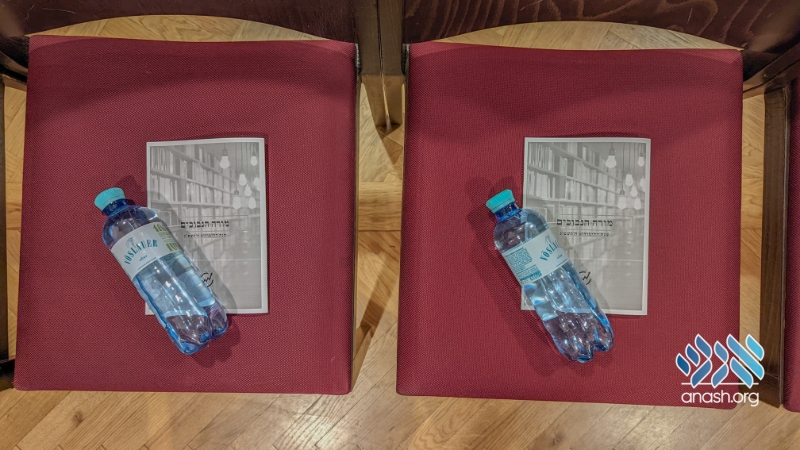
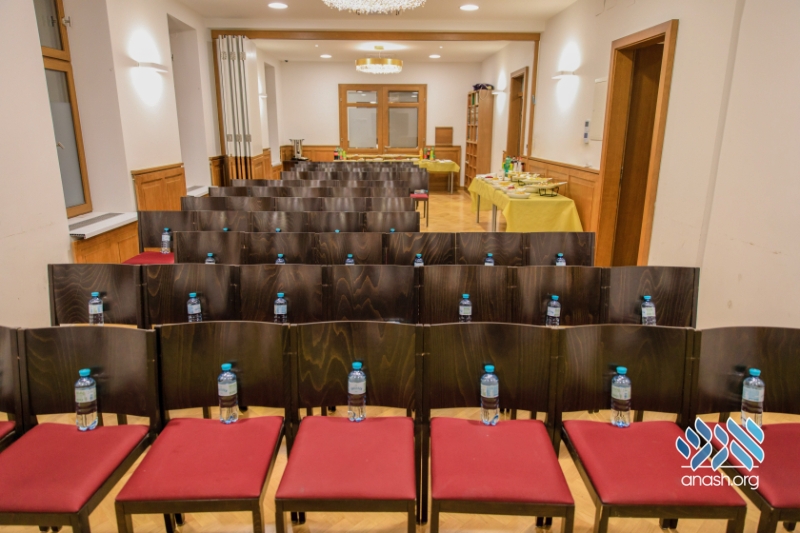
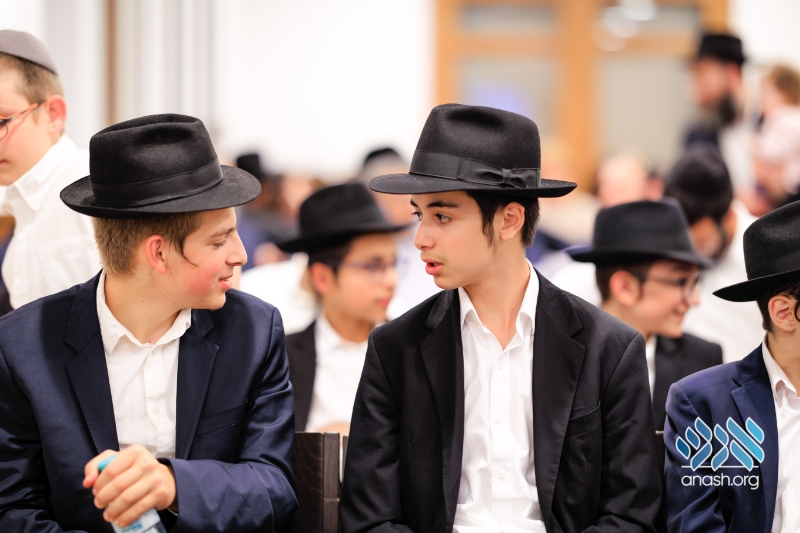

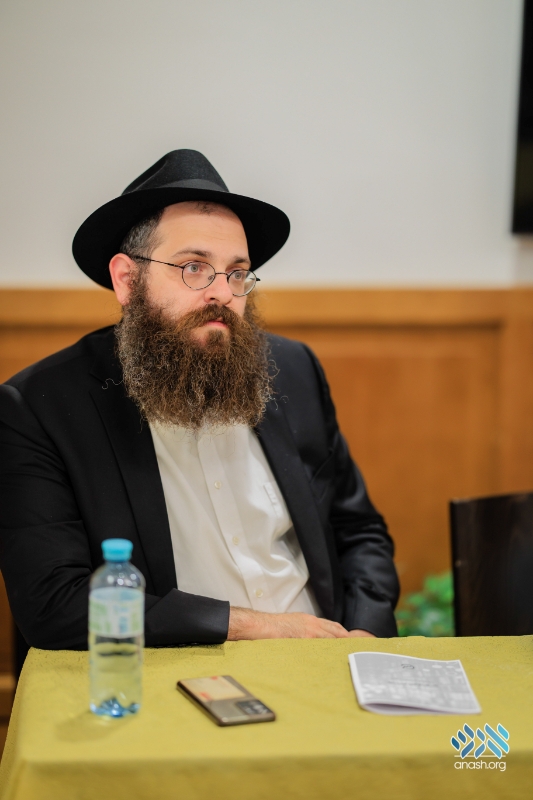
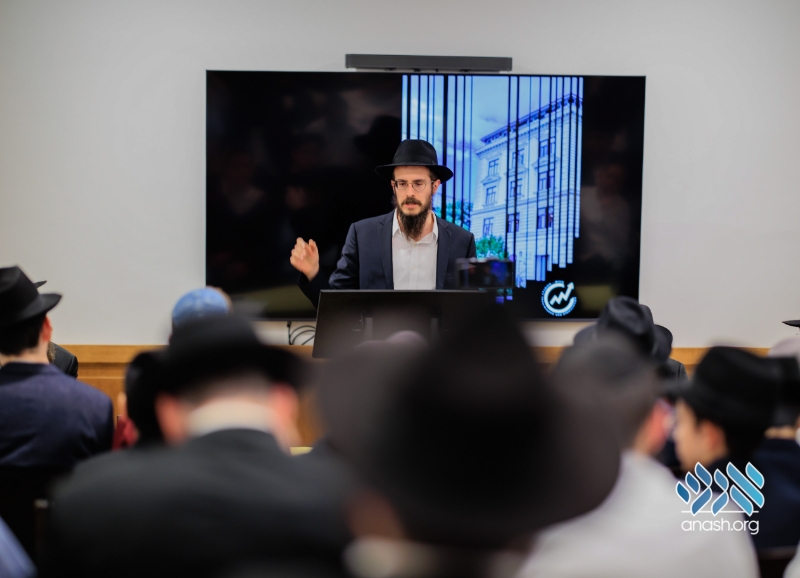
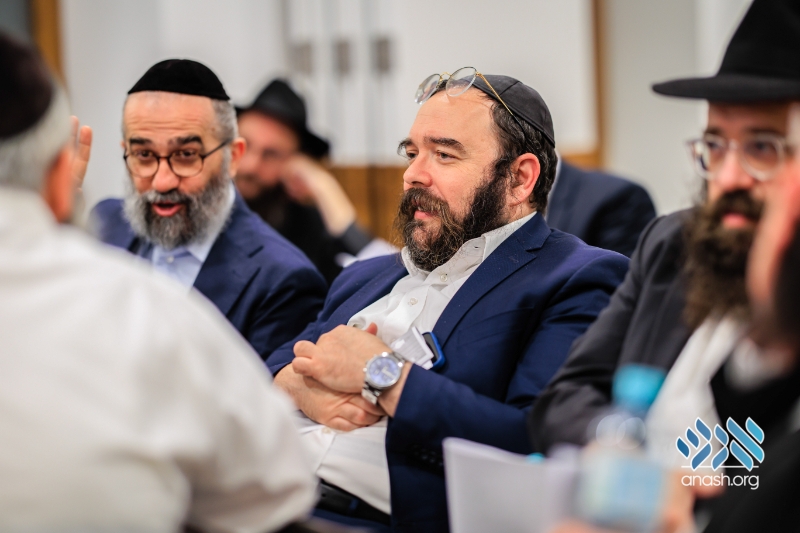



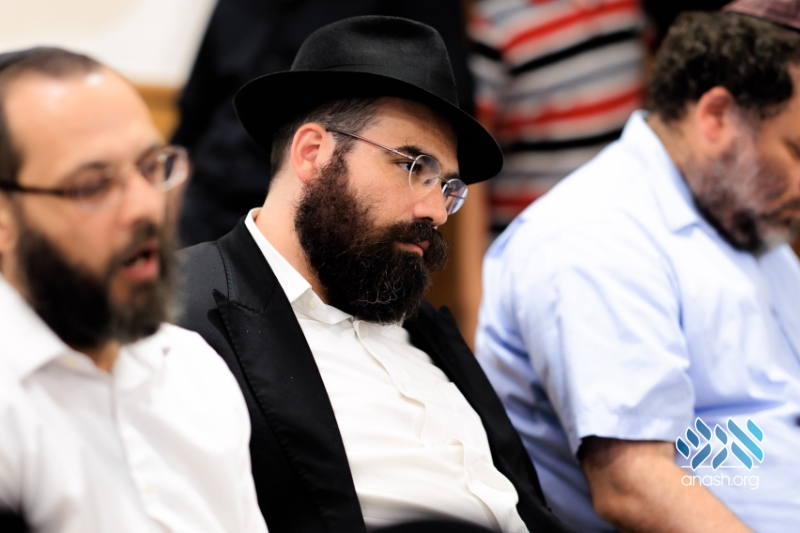
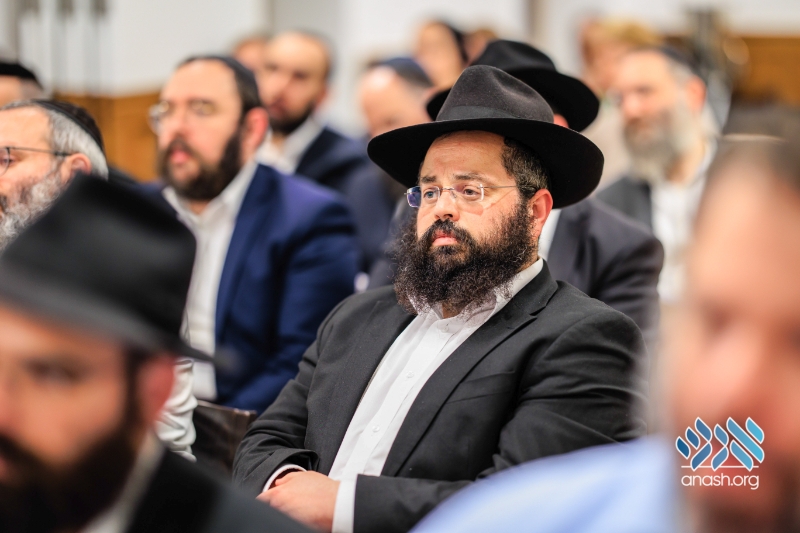
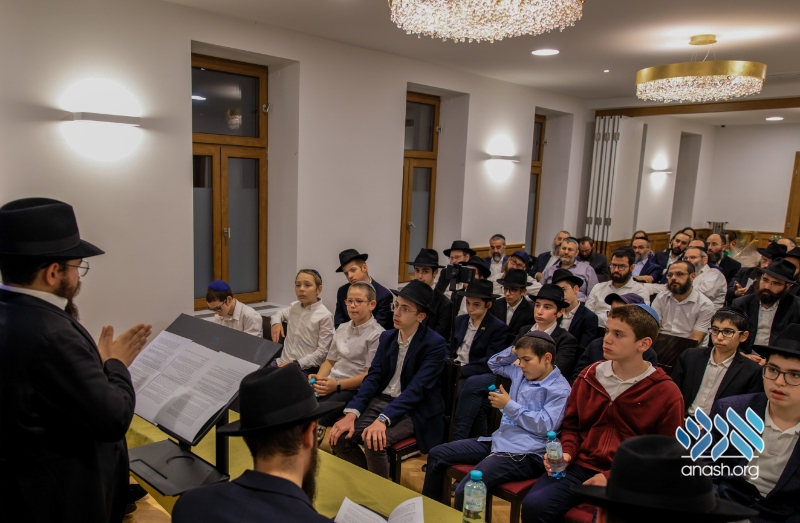
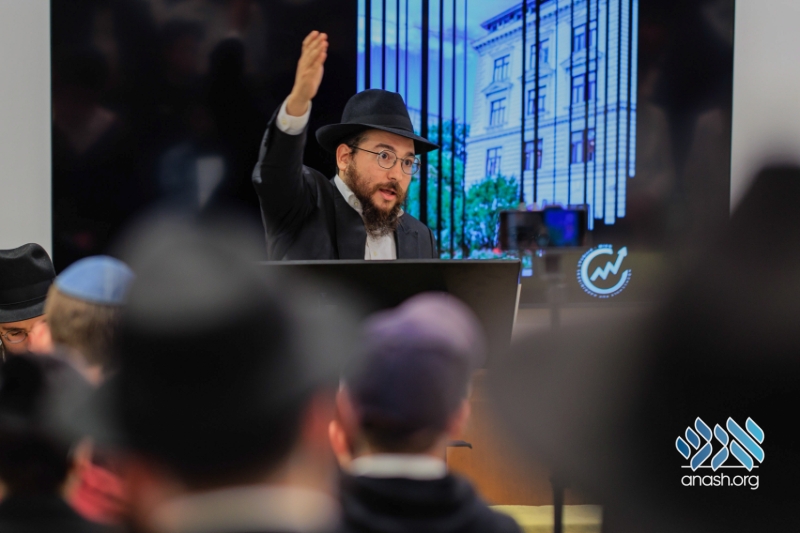


Discussion
In keeping in line with the Rabbonim's policies for websites, we do not allow comments. However, our Rabbonim have approved of including input on articles of substance (Torah, history, memories etc.)
We appreciate your feedback. If you have any additional information to contribute to this article, it will be added below.